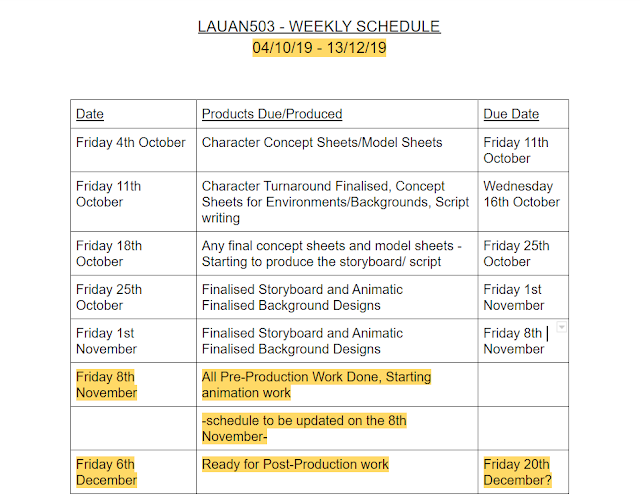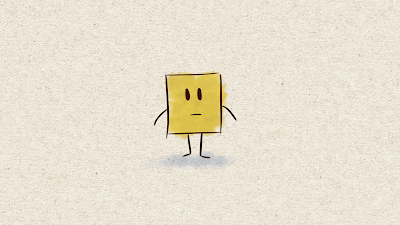Character and Narrative
Title Sequence and Backgrounds
- This week we had a lecture on Title Sequence design, which looked at a variety of title sequences and how we could incorporate them as part of the narrative itself. Here are my notes on title sequence design, which can be implemented into our work:
- As part of work on the background, we wanted to explore some colour schemes in our group, and also decide how we could use one image for panning, such as in the introduction. I used the book 'The Color of Pixar' again, for inspiration on this. Which can be found through a flip-through video here:






































